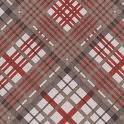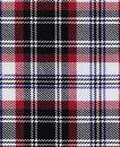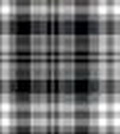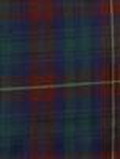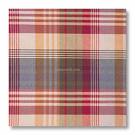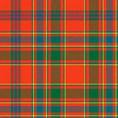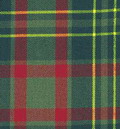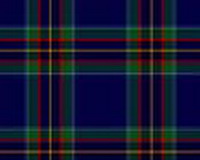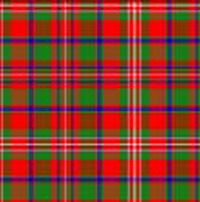5. Tartan Type Patterns and the Temple Garments
Nachmanides associates the "Cotonet Pasim" of Joseph with the "Cotonet Tashbets" [Tashbets meaning of interlocking squares, i.e. a garment with a tartan-type design] of the High Priest in the Temple Service (Exodus 28:4).
And these are the garments which they shall make: a breastplate, an ephod,[a] a
robe, a skillfully woven tunic
[Hebrew: "cotonet tashbets"],
a turban, and a sash. So they shall make holy garments for Aaron your brother
and his sons, that he may minister to Me as priest (Exodus 28:4).
Below is an illustration of this garment. The interlocking of lines and squares may be clearly seen.
Source: "Mishkan HaShem" (Hebrew).
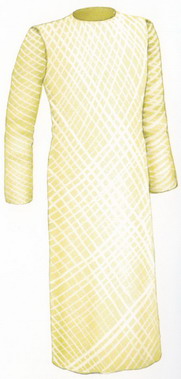
|
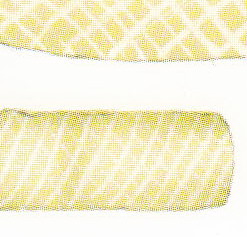
detail of Sleeve
|

Pictures of the Ephod from the Temple Institute, Jerusalem.
The Temple Institute utilises an impressive team of scholars and experts in its reconstruction studies and endeavors.
Here too, a tartan type design has been chosen for the ephod even though (in this case) nothing was expressly said.
28:5 They shall take the gold, blue, purple, and scarlet thread,
and the fine linen, 28:6 and they shall make the ephod of gold, blue, purple, and scarlet thread, and
fine woven linen, artistically worked (Exodus 28:5-6)
.
|
<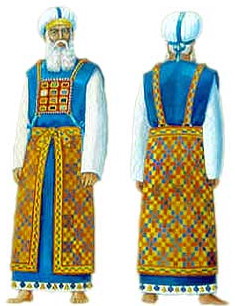
|
Red, White, and Blue (and Gold):
The National Colors of Israel
Below is a thread of the yarn used to make the ephod. Each subsidiary thread includes a thin line of gold.
The colors are red, white, and two shades of blue.
These were the predominating colors in the Tabernacle and according to S.R.Hirsch they are the national colors of Israel.

|
Source of Picture: "Mishkan HaShem"
Continued on Page 4
|
